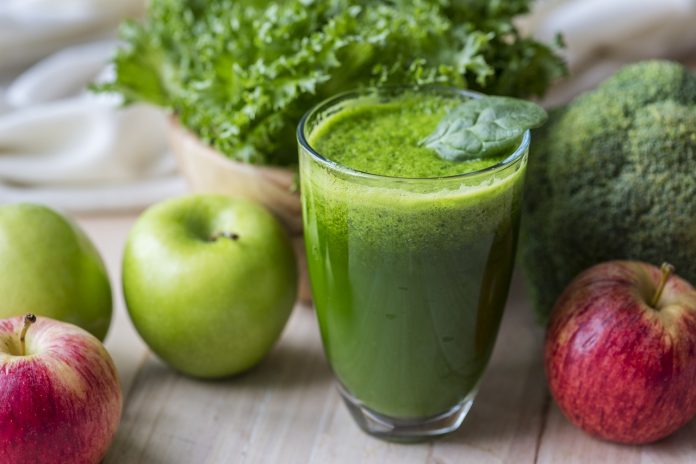
Fresh fruit, vegetables, rice, meat, poultry, fish, some soy meat substitutes, broth soups without noodles, gelatin, vegetable oil and angel food cake should be OK, but read labels. Italian, French or Vienna bread is usually made without milk, but read the ingredient listing on the food package.
Lactose is the sugar in milk and dairy products which include milk (any kind including breast milk but not lactase reduced milk like Lactaid milk) cream, cheese, ice cream, ice milk, yogurt, and sherbet. Butter and margarine contain trace amounts of lactose.
Milk solids may refer to non-fat dry milk and may contain lactose as well. Milk solids may only refer to the protein portion of milk. Sodium caseinate is probably OK. If in doubt, call the manufacturer whose phone number is on the food label and ask if their product contains lactose and how much.
Has your 2-year-old seen a doctor for this problem? A registered dietitian could help you with planning a diet for your child that will accommodate the lactose intolerance and calorie/nutrient needs for normal growth and development. Call your local medical clinic or hospital and ask to talk to a registered dietitian.


